#Popular science
Text
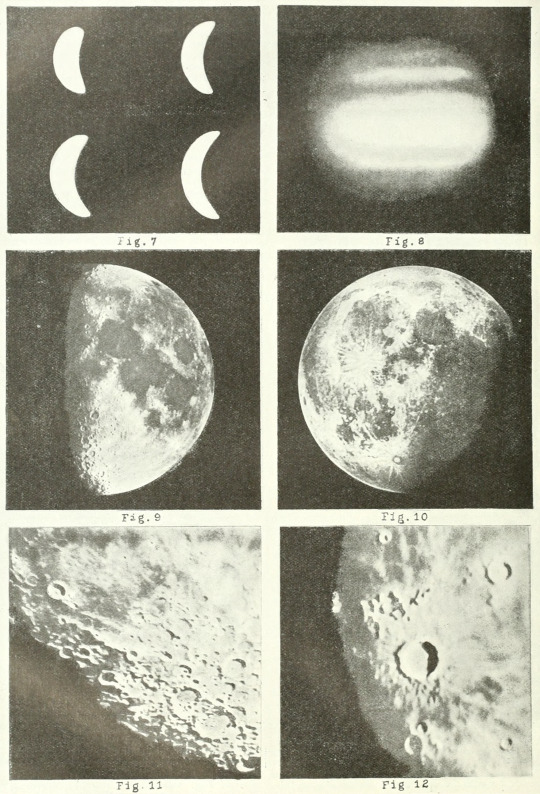
"Astronomical photography." Knowledge. May 1906.
Internet Archive
2K notes
·
View notes
Text

Television was a subject of hot speculation for years before it became a reality for most people. The June 1946 edition of Popular Science featured, prophetically, the top of the Empire State Building, where transmitters would indeed be installed in later years. (But they didn't look like that.)
Photo: The Classic Archives
#vintage New York#1940s#television#Popular Science#magazines#vintage magazine#magazine covers#Empire State Building#TV
189 notes
·
View notes
Text
Part of the reason that children are afraid of the dark may be that, in our entire evolutionary history up until just a moment ago, they never slept alone. Instead, they nestled safely, protected by an adult, usually Mum. In the enlightened west we stick them alone in a dark room, say goodnight, and have difficulty understanding why they're sometimes upset. It makes good evolutionary sense for children to have fantasies of scary monsters. In a world stalked by lions and hyenas, such fantasies help prevent defenceless toddlers from wandering too far from their guardians. How can this safety machinery be effective for a vigorous, curious young animal unless it delivers industrial strength terror? Those who are not afraid of monsters tend not to leave descendants.
— The Demon-Haunted World: Science as a Candle in the Dark - Carl Sagan (1996)
#The Demon Haunted World#Carl Sagan#Ann Druyan#Science As A Candle in the Dark#books#book quotes#quotes#science#nonfiction#philosophy#religion#history#skepticism#atheism#agnostic#psychology#atypicalreads#physics#astrology#papa sagan#popular science#pseudoscience#superstition#scientific method#monsters
62 notes
·
View notes
Text
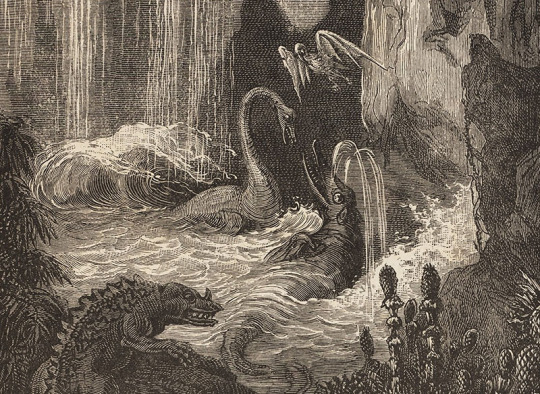







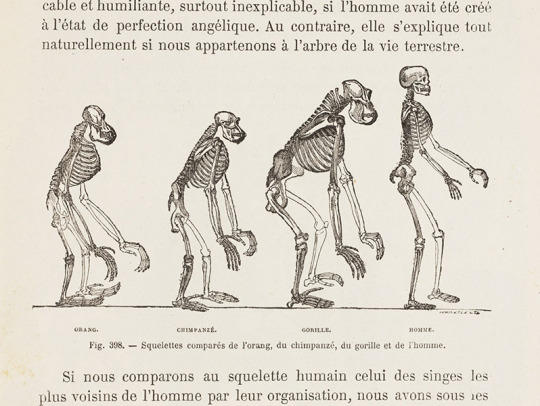
Camille Flammarion – Scientist of the Day
Camille Flammarion, a French astronomer and popular science writer, was born Feb. 26, 1842.
read more...
#Camille Flammarion#popular science#astronomy#histsci#histSTM#19th century#history of science#Ashworth#Scientist of the Day
66 notes
·
View notes
Text

War Machine!
#vintage illustration#vintage magazines#magazine illustration#uncle sam#spies#the arsenal of democracy#life during wartime#popular science#the 30s#the 1930s#wwii#ww2
23 notes
·
View notes
Text

Couverture de Popular Science 1927 par Herbert Andrew Paus (1880-1946). - source Ray Robinson.
13 notes
·
View notes
Text

I just read that Popular Science magazine has been shut down after 151 years of publication. Every Christmas until I was 18, my uncle gave me a subscription to Popular Science and I read it every month. I basically grew up with Popular Science. The world has changed, and I understand there is little room for a magazine like this anymore. Nevertheless, I will miss it.
40 notes
·
View notes
Text
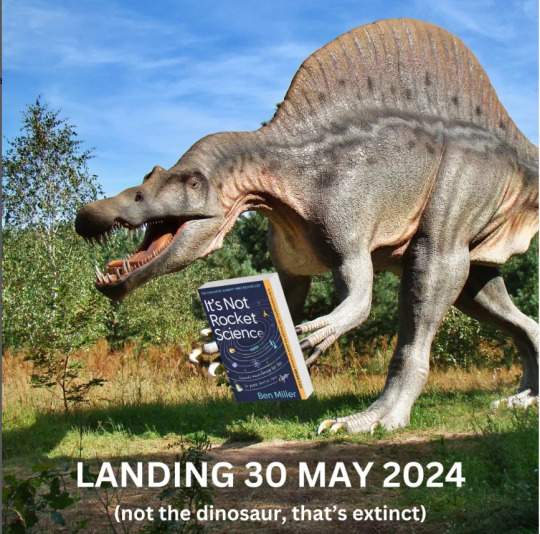
'It's Not Rocket Science' by Ben Miller is back :)
11 notes
·
View notes
Text
Dissolving views were a popular form of entertainment by the 1840s, using a type of slide projector to show a transition from one scene to another.
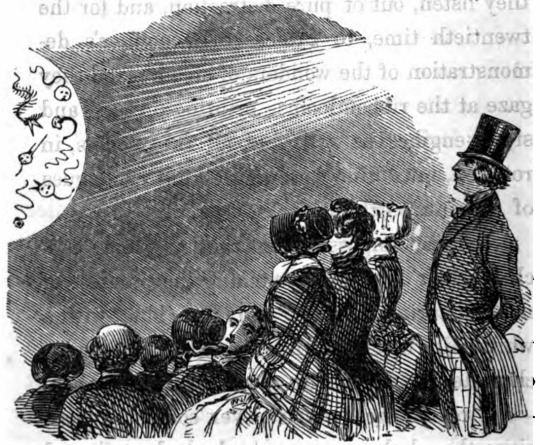
An illustration by Archibald Henning of a popular science presentation using a magic lantern projector for The Natural History of the Idler Upon Town by Albert Smith, 1848.
The popular* mid-19th century writer, promoter, and entertainer Albert Smith also produced shows with dissolving views and moving panoramas, drawing on his experiences for the fictional Clumpley Literary and Scientific Institution in his 1844 novel The Adventures of Mr. Ledbury and His Friend Jack Johnson, which featured "experiments with the gases, and chemical transformations; tricks with the air-pump, and dissolving views; electro-type, and galvanic batteries—in fact, all sorts of entertaining sights."
*on this blog
Google Books has an 1848 novel called Dissolving Views, tentatively attributed to one Anne Gauntlett. It has some delightfully 1840s illustrations of the characters, who have names like "Professor Fingerfact" and "Mr. Delightingood."


#Eighteen-Forties Friday#1840s#victorian#popular science#entertainment#albert smith#dissolving views#early victorian era#technology#archibald henning#1848#illustrations#1844
73 notes
·
View notes
Text

An amazing new motor-hoop of the speedway
5 notes
·
View notes
Text
Hello everyone! / Bonjour a toutes et à tous !
This blog is dedicated to the sharing of all of what the olds stones and bones have to tell us. It'll be in the form of little stories or archives notes covering sciences news, fields findings or collections curiosities /
Ce blog est dédié au partage de tout ce que les vieilles roches et vieux os ont a nous dire. Cela prendra la forme de petite histoires ou de notes d'archives parlant d'actualités scientifiques, de découvertes sur le terrain, ou de curiosités provenant de collections
As a french native and Internet English speaker, all of my post will be both in French and English in the following format : a succession of paragraph in both languages with a "/" to separe them and English in bold (because I'm too lazy to make two different post and maybe that way you can maybe try to learn something else) /
En tant que francophone natif et anglophone d'internet,tout mes post seront à la fois en anglais et en français selon le format suivant : une succession de paragraphes dans les deux langues avec un "/" au milieu pour les séparer, et l'anglais en gras (parce que je suis trop fainéant pour faire deux post différents et peut être que comme ça vous apprendrez quelque chose d'autre)
#Earth science#paleontology#Geology#English#French#Français#Vulgarisation#Musée#Museum#popular science#nature#Learning
6 notes
·
View notes
Text
Some people consider science arrogant - especially when it purports to contradict beliefs of long standing or when it introduces bizarre concepts that seem contradictory to common sense; like an earthquake that rattles our faith in the very ground we're standing on, challenging our accustomed beliefs, shaking the doctrines we have grown to rely upon, can be profoundly disturbing.
Nevertheless, I maintain that science is part and parcel humility. Scientists do not seek to impose their needs and wants on Nature, but instead humbly interrogate Nature and take seriously what they find. We are aware that revered scientists have been wrong. We understand human imperfection. We insist on independent and - to the extent possible - quantitative verification of proposed tenets of belief. We are constantly prodding, challenging, seeking contradictions or small, persistent residual errors, proposing alternative explanations, encouraging heresy. We give our highest rewards to those who convincingly disprove established beliefs.
— The Demon-Haunted World: Science as a Candle in the Dark - Carl Sagan (1996)
#The Demon Haunted World#Carl Sagan#Ann Druyan#Science As A Candle in the Dark#books#book quotes#quotes#science#nonfiction#philosophy#religion#history#skepticism#atheism#agnostic#psychology#atypicalreads#physics#astrology#papa sagan#popular science#pseudoscience#superstition#scientific method
25 notes
·
View notes
Photo
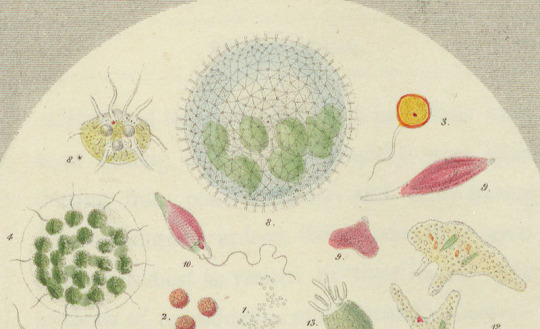
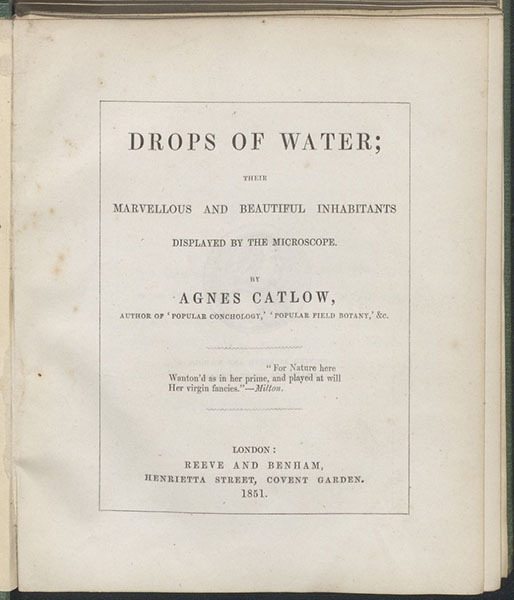
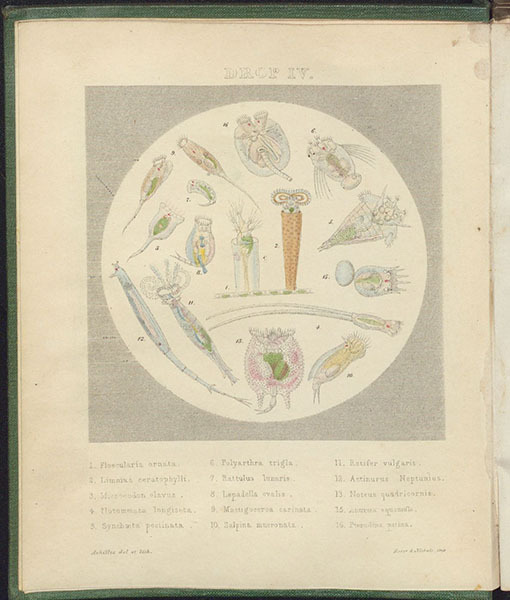
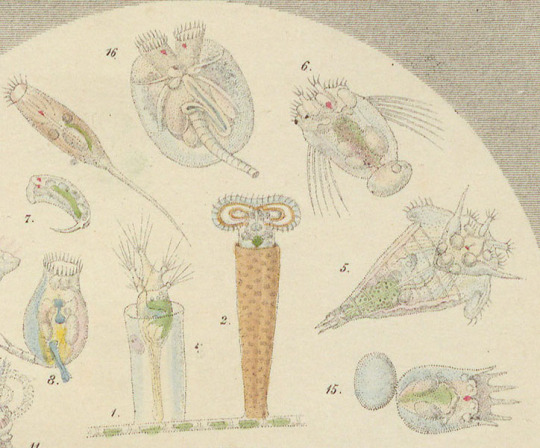
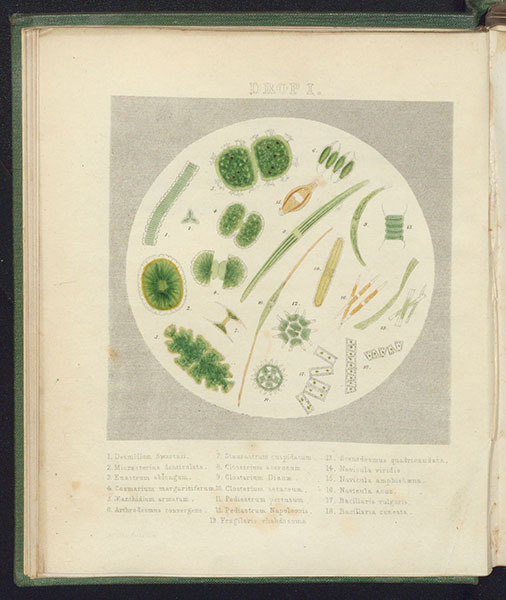

Agnes Catlow – Scientist of the Day
Agnes Catlow, an English popular science author, died May 10, 1889, at the age of about 83.
read more...
#Agnes Catlow#popular science#microscopes#infusoria#histsci#histSTM#19th century#history of science#Ashworth#Scientist of the Day
135 notes
·
View notes
Text
There should be a law that says if a headline ever says that "a new discovery has completely changed everything we know about some scientific field" that it hasn't actually.
Turns out "new discovery expands our knowledge of this field but does not fundamentally change our understanding of it" isn't as catchy a headline
11 notes
·
View notes
